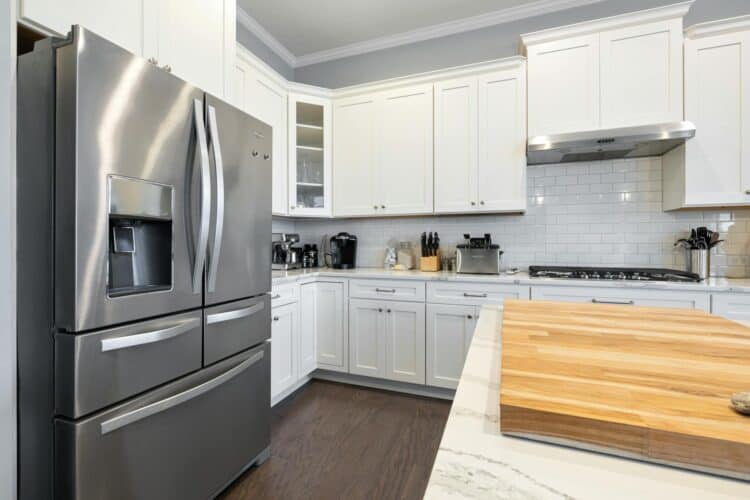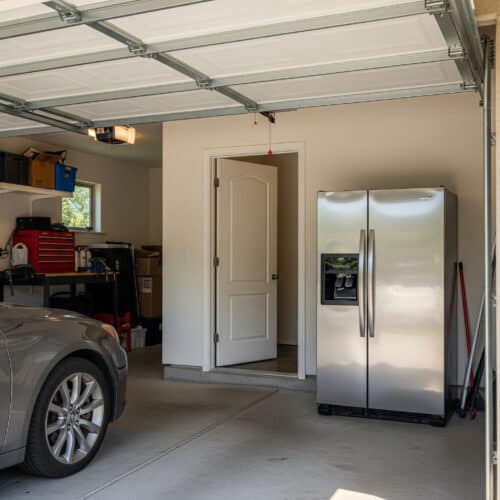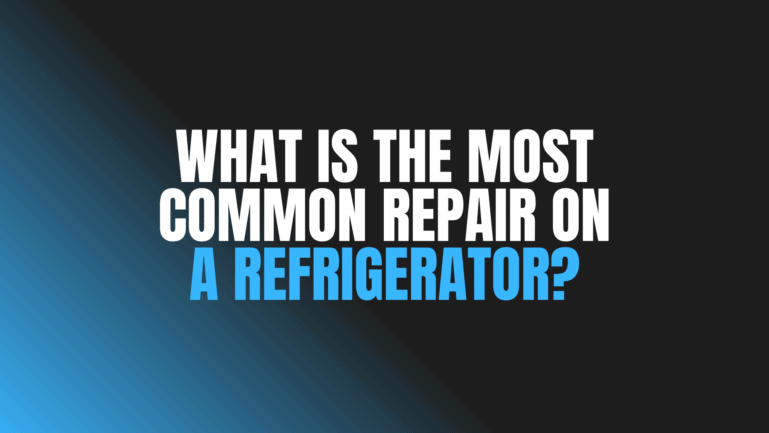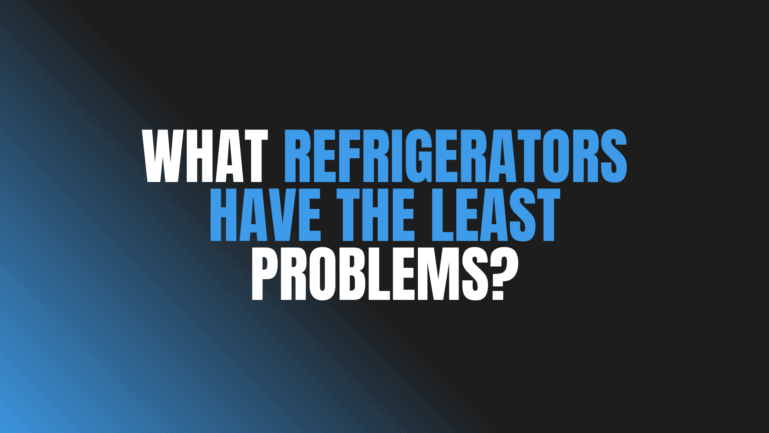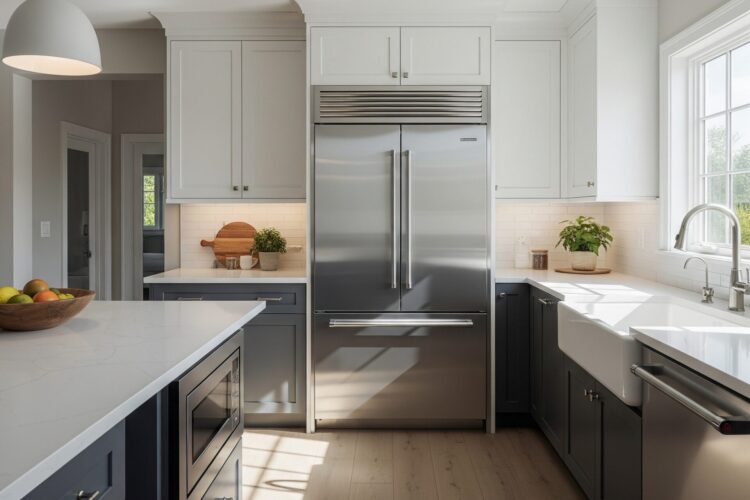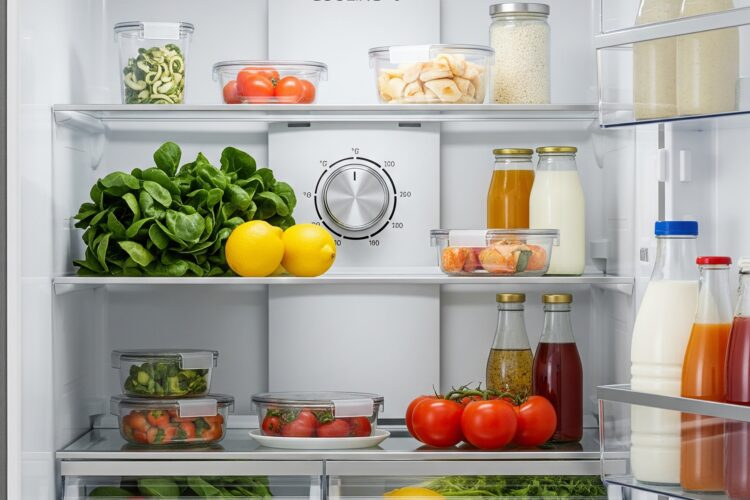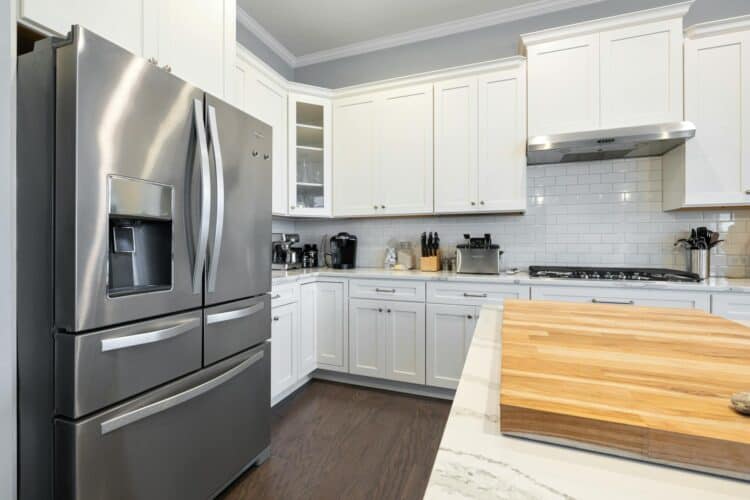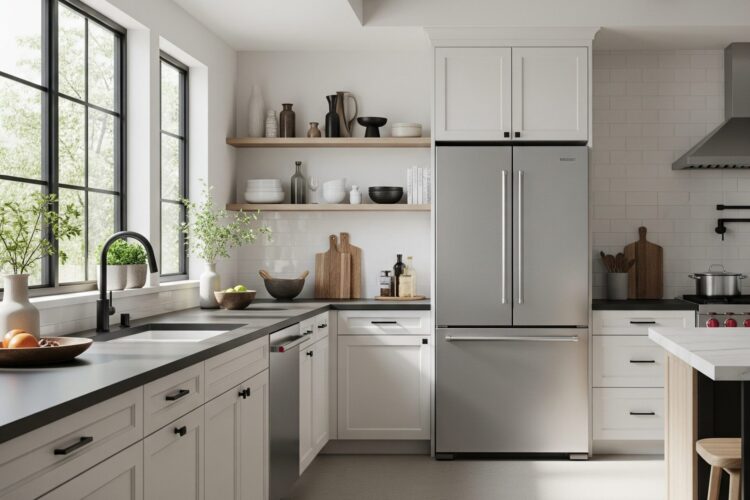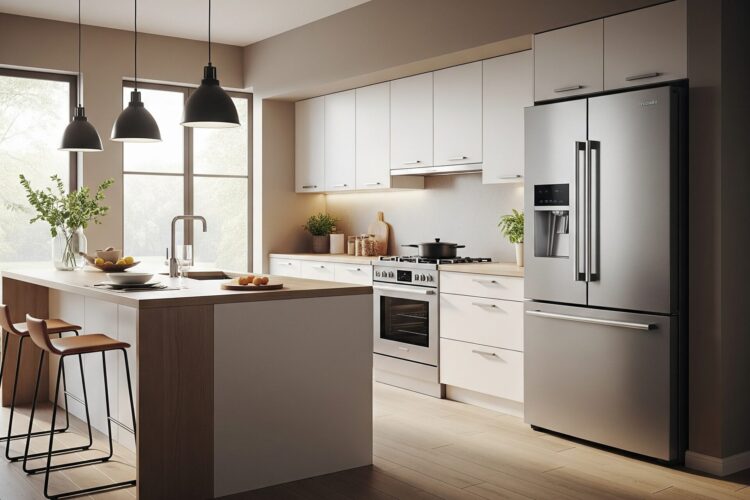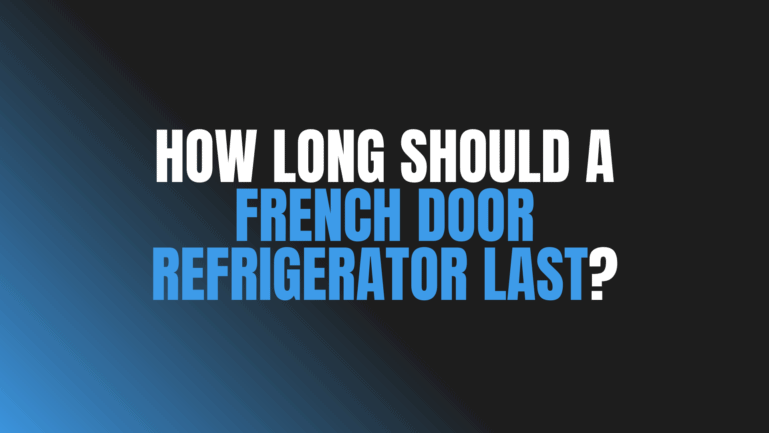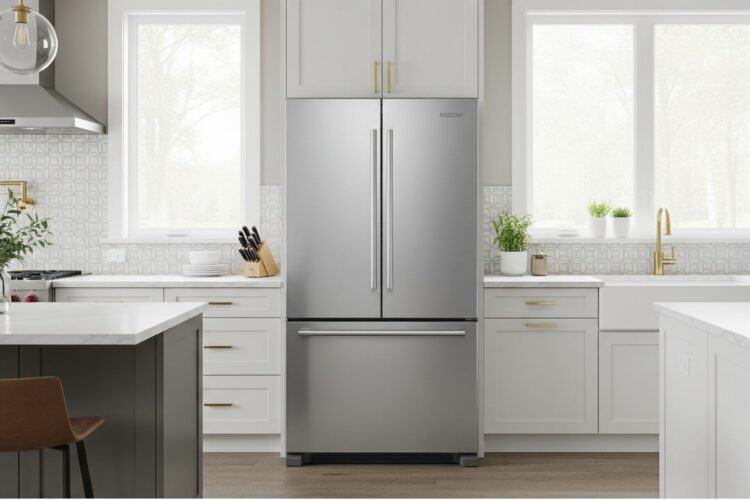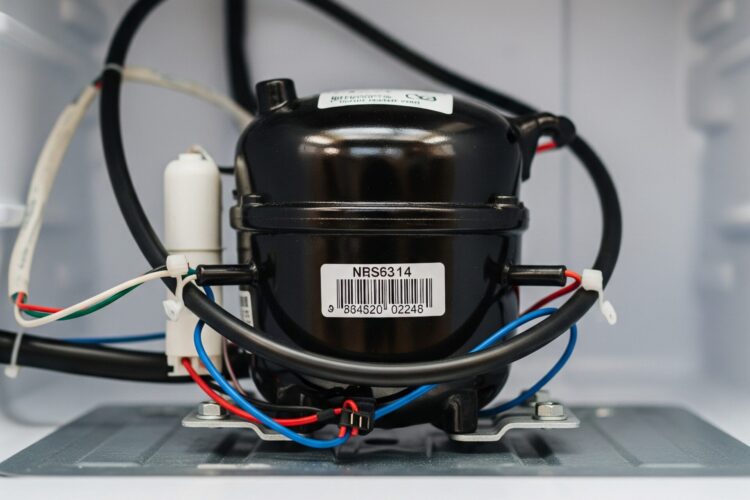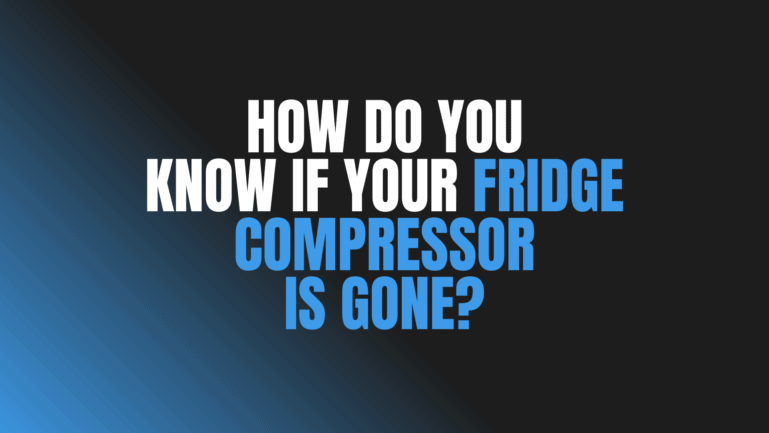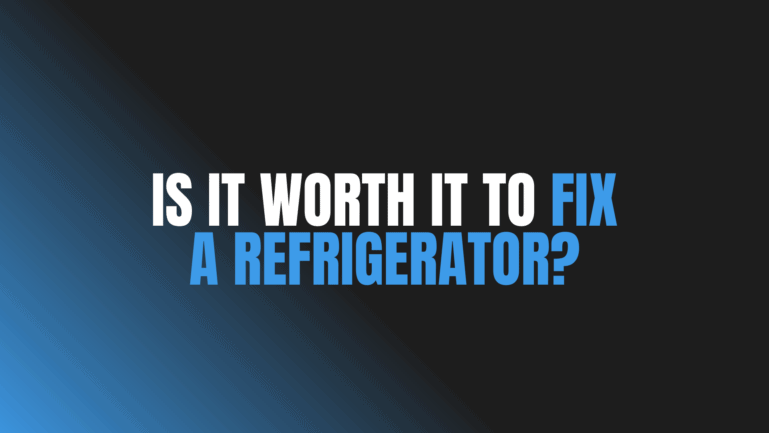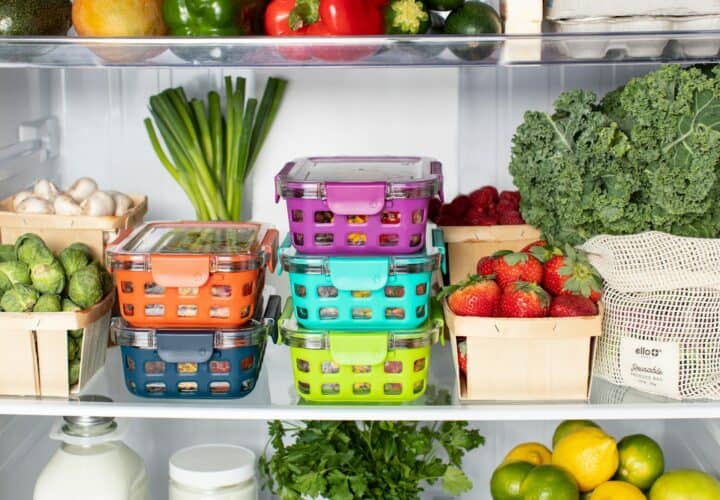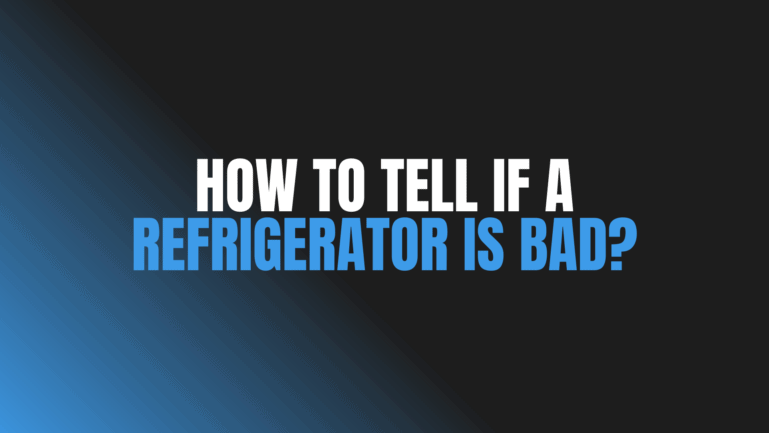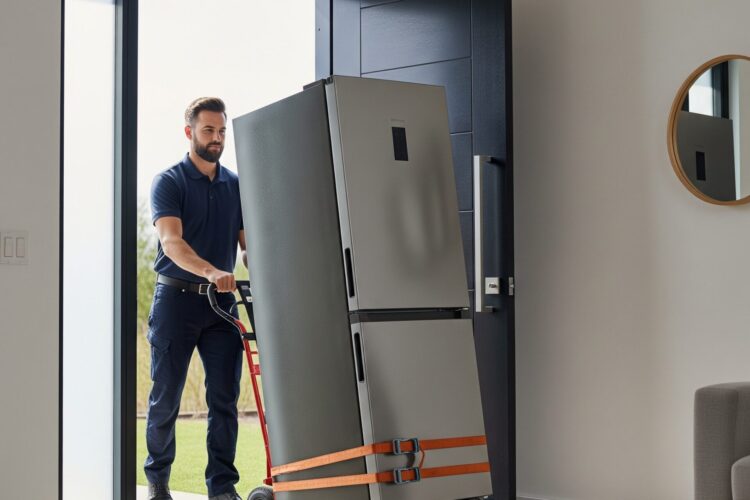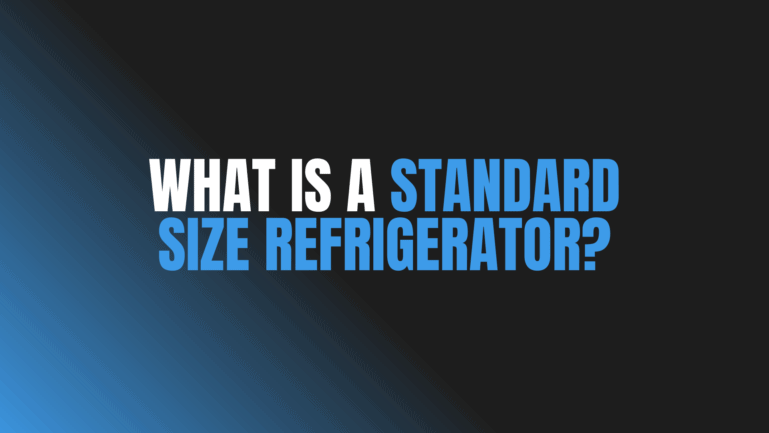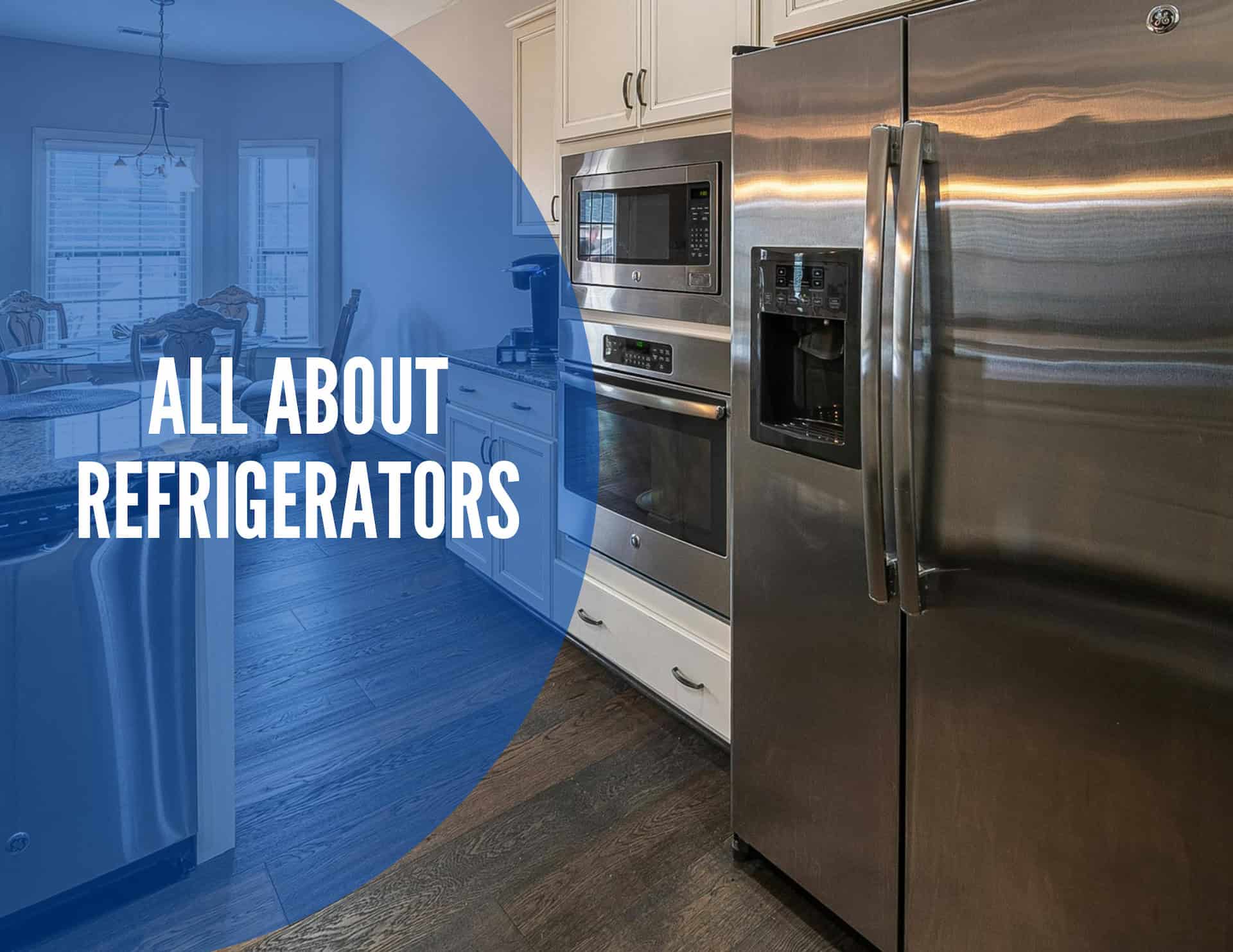
Refrigerator Fundamentals
Refrigerators are essential appliances in modern kitchens. They preserve food by maintaining low temperatures, inhibiting bacterial growth and spoilage. This allows households to store groceries for extended periods, reducing food waste and saving money. They come in various sizes, styles, and configurations to meet diverse needs and preferences. Understanding how these appliances operate and the features they offer can help consumers make informed purchasing decisions. This article explores the key aspects of refrigerators, from their basic function to their advanced features.
Choosing the right unit requires careful consideration of several factors, including size, energy efficiency, and available features. This article will look into the inner workings of refrigerators, explore different types available in the market, and discuss essential maintenance practices to ensure optimal performance and longevity. Whether you are looking to replace an old unit or learn more about your current refrigerator, this guide provides valuable insights to help you. Let’s explore the world of refrigeration and learn everything you need to know about these indispensable kitchen companions.
How Refrigerators Work
Refrigerators use a closed system with a refrigerant circulating continuously. The refrigerant absorbs heat from the inside of the refrigerator and releases it to the outside environment. This heat transfer process relies on the refrigerant’s ability to change state from liquid to gas and back again.
The compressor compresses the refrigerant, raising its temperature and pressure. The hot, high-pressure refrigerant then flows into the condenser coils located at the back of the refrigerator. Here, the refrigerant releases heat to the surrounding air, cooling down and condensing back into a liquid.
The liquid refrigerant then passes through an expansion valve, which lowers its pressure and temperature. The cold, low-pressure refrigerant enters the evaporator coils located inside the refrigerator. Here, it absorbs heat from the interior, causing the refrigerant to evaporate and turn back into a gas.
The gaseous refrigerant then returns to the compressor, and the cycle repeats continuously, maintaining a low temperature inside the refrigerator.
Click here for more information on kitchen cabinet refacing Toronto
Related Article: Why Do Old Refrigerators Last Longer Than New Ones?
Energy Efficiency and Sustainability
Energy efficiency is an important consideration when choosing a refrigerator. Look for models with an Energy Star rating, indicating that they meet specific energy efficiency standards. These refrigerators consume less electricity, reducing your energy bills and environmental impact.
Refrigerators with advanced features, such as inverter compressors, contribute to greater energy efficiency. Inverter compressors adjust their speed based on cooling demands, reducing energy consumption compared to traditional compressors. Proper maintenance, such as cleaning condenser coils and ensuring door seals are airtight, also helps optimize energy efficiency.
Choosing an energy-efficient model benefits both your wallet and the environment. By reducing energy consumption, you contribute to lowering greenhouse gas emissions and promoting a more sustainable lifestyle.
Related Article: How To Choose a Good Refrigerator?
Related Article: What Is the First Thing To Check When a Refrigerator Stops Working?
Refrigerator Maintenance
Regular maintenance ensures your refrigerator operates efficiently and lasts longer. Clean the condenser coils at the back of the refrigerator every six months to prevent dust buildup, which can restrict airflow and reduce cooling efficiency.
Check and clean door seals regularly. Damaged or loose seals allow cold air to escape, forcing the compressor to work harder and consuming more energy. Replace worn-out door seals promptly to maintain optimal performance.
Defrost freezers periodically to remove ice buildup. Excessive ice reduces freezer space and increases energy consumption. Consult your user’s manual for specific defrosting instructions.
Choosing the Right Refrigerator
When choosing a refrigerator, consider your household’s size and needs. Measure the available space in your kitchen to ensure the refrigerator fits comfortably. Estimate your food storage requirements to determine the appropriate capacity.
Think about your preferred configuration and features. French door, side-by-side, top-freezer, and bottom-freezer models offer distinct advantages. Consider features like ice makers, water dispensers, and smart functionalities based on your priorities and budget.
Conclusion
Refrigerators play a vital role in modern kitchens, preserving food and minimizing waste. Understanding how they work, the different types available, and their features helps consumers make informed decisions. By choosing an energy-efficient model and performing regular maintenance, you can maximize the lifespan of your refrigerator and reduce its environmental impact. This guide provides a comprehensive overview of “All About Refrigerators,” equipping you with the knowledge to choose and maintain the perfect appliance for your home.
From basic operational principles to advanced features and maintenance tips, this information empowers you to make informed decisions about purchasing and caring for your refrigerator. By following the advice in this guide, you can ensure your refrigerator operates efficiently, preserves your food effectively, and lasts for many years. Now equipped with this knowledge, you can confidently enter the world of refrigeration and find the perfect cooling companion for your kitchen.
Related Articles

Blue Malue Get in touch with Blue here.

